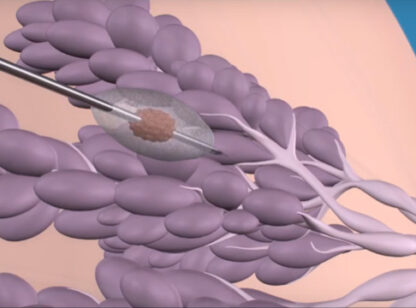Wellbeing is defined as the state of being comfortable, healthy or happy. In past Desert Health articles, I have discussed aspects of lifestyle to achieve brain health for quality of life; now I’d like to dive a bit deeper into brain chemistry and discuss the importance of dopamine.
Dopamine is one of the brain’s neurotransmitters, a chemical that moves information between neurons. It is associated with feelings of euphoria, pleasure, bliss, motivation and concentration. The biological purpose of dopamine is to encourage life-sustaining behavior such as eating when hungry by producing a pleasurable sensation. It is involved in many cognitive functions including movement, sleep, learning, mood, memory and attention. Dopamine imbalances are associated with ADHD, Alzheimer’s, Parkinson’s, depression, bipolar disorders, schizophrenia, substance use disorders, binge eating, addiction and gambling.
Dopamine is found in four major areas of the brain:
- The neurons in the basal ganglia are responsible for the motor control of the body. Imbalances of dopamine here are related to the symptoms found in Parkinson’s disease—tremor, stiffness and loss of voluntary movement.
- The limbic system in the brain utilizes dopamine to control reward and emotion. This is the system thought to be responsible for substance use disorders, addictions and other deregulated mental states such as psychosis.
- The meso-cortical pathway, found in the frontal cortex, is responsible for planning, responsibility, prioritizing, motivation, and some elements of emotional regulation. Imbalance of dopamine here is associated with ADHD and depression.
- The tuberoinfundibular pathway is between the hypothalamus and the pituitary gland, which blocks the release of prolactin. Blocking dopamine in this pathway allows for increased prolactin needed for lactation and breastfeeding.
Dopamine is an important neurotransmitter to have balanced when we are striving to achieve wellbeing. So how do we get dopamine? We eat it. The amino acid tyrosine, the precursor to dopamine, is obtained from the protein we eat. High tyrosine foods include cheese, soybeans, beef, lamb, pork, fish, chicken, nuts, seeds, eggs, dairy, beans, and whole grains. Tyrosine can also be synthesized in the body from foods containing phenylalanine. Foods high in phenylalanine include chicken, turkey, fish, dairy products, peanuts, almonds, pumpkin seeds, sesame seeds, soybeans, lima beans, avocados and bananas.
Several studies have shown that regular intense exercise several times per week significantly improves motor control in people with Parkinson’s, suggesting that there is a beneficial effect on the dopamine system. Other studies evidence that regular exercise can improve dopamine symptoms found in ADHD and depression.
Having too much or too little of any neurotransmitter can have drawbacks. Low levels of dopamine are linked to reduced motivation and decreased enthusiasm for life, which may explain some substance use disorders. Alcohol and other mood-altering drugs artificially create the pleasure sensations more efficiently and intensely than natural rewards. Research has shown that the drugs most commonly misused (opiates, alcohol, nicotine, amphetamines and cocaine) create a chemical reaction that significantly increases the amount of dopamine released in the brain’s reward center. Substance use disorders continue to interest professionals in a wide variety of addiction-related fields and are in no way as simple as one neurotransmitter imbalance.
It takes a holistic perspective to achieve wellbeing. I hope this glimpse into neurotransmitters and brain health will support your incentive to eat, move and be healthy.
Deborah Schrameck is a wholistic kinesiologist, health coach, nutritional counselor and owner of Body Alive and can be reached at (760) 238.0625 or happyfit@mac.com. www.BodyAlive.us.












































Comments (0)